
AeroGenie — Votre copilote intelligent.
Tendances
Categories
Florida Prepares Sites for Air Taxi Operations
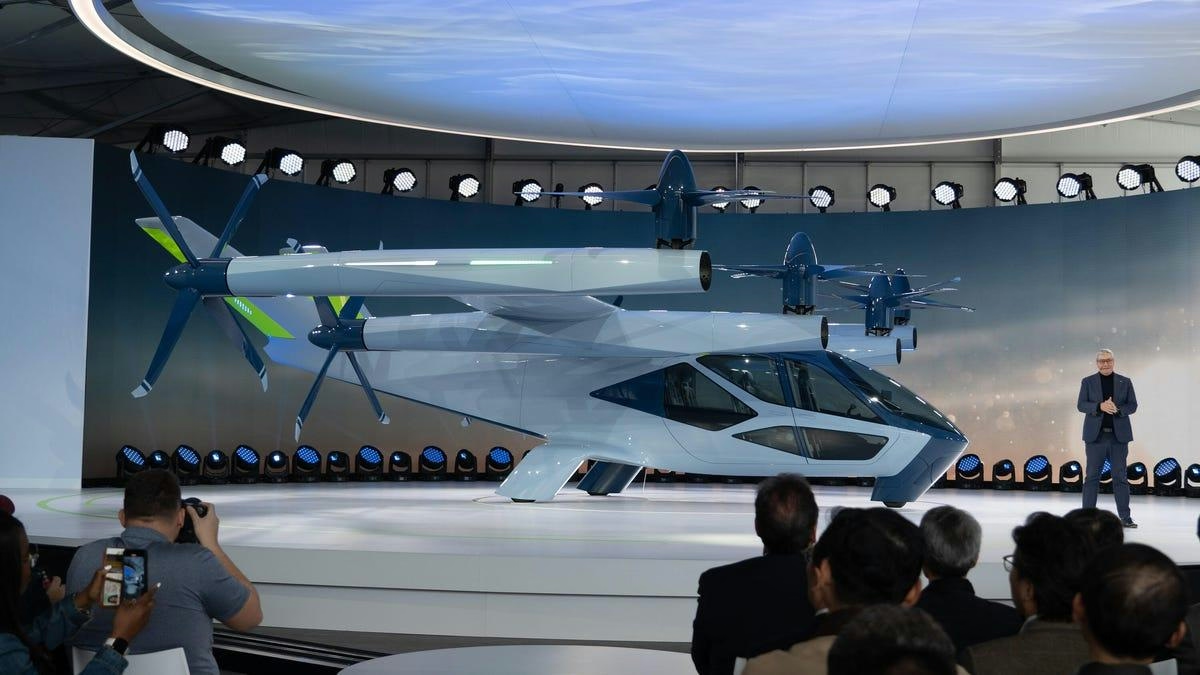
Florida Advances Infrastructure for Air Taxi Operations
Florida is actively preparing to integrate electric vertical takeoff and landing (eVTOL) technology into its transportation landscape, marking a significant step toward the future of urban air mobility. Governor Ron DeSantis recently announced the commencement of construction on two vertiports—specialized facilities designed to accommodate these innovative air taxis.
Strategic Development at Orlando International Airport
Orlando International Airport is spearheading this initiative, with airport officials identifying two prime locations for eVTOL operations: one adjacent to the airport’s train station and another on the east airfield. Brad Friel, Senior Vice President of the Greater Orlando Aviation Authority, described the emerging service as analogous to “Uber and Lyft in our industry,” underscoring the transformative potential of air taxis for short-distance travel. The broader vision involves establishing a comprehensive network of vertiports throughout Florida, facilitating seamless connectivity beyond airport grounds. Friel emphasized that while eVTOLs may take off from airport land, they will require multiple landing sites across communities to function effectively. Governor DeSantis highlighted the potential for this technology to reduce road congestion by scaling operations and improving cost efficiency.
Expanding the Statewide Network and Testing Facilities
To support this ambitious vision, Florida is constructing two vertiports at the Department of Transportation’s SunTrax testing facility in Polk County. This site is poised to become the nation’s first advanced air mobility aerial test bed, featuring dedicated airspace to facilitate the development and testing of eVTOL aircraft. The initiative aims to establish a statewide network of interconnected commercial vertiports, enhancing the operational reach of air taxis across Florida.
Challenges and Market Dynamics
Despite the promising outlook, several challenges remain. Regulatory uncertainty persists, as the Federal Aviation Administration (FAA) has yet to issue definitive guidance on type certification for eVTOL aircraft, creating ambiguity around the timeline for commercial launches in the United States. Additionally, cost considerations and market demand will play critical roles in determining the pace of adoption.
Nevertheless, investor and industry enthusiasm is strong. Archer Aviation, a leading eVTOL manufacturer, has experienced a nearly 300% increase in its stock value over the past year, supported by a $6 billion order backlog and a valuation of $5 million per Midnight air taxi. Other industry players are also advancing infrastructure development; Atlantic Aviation has partnered with Cushman & Wakefield to build vertiports in Florida and other key markets. Archer has further sought to raise public awareness through demonstration flights at the California International Air Show.
Industry Partnerships and International Expansion
Major airlines are entering the air taxi sector, with Delta Air Lines collaborating with Joby Aviation to introduce electric air taxi services initially targeting New York and Los Angeles. Delta promotes this service as a means to “skip the traffic” by offering fast, sustainable urban flights. Both Archer and Joby are progressing toward commercial launches in the United Arab Emirates by 2026, although U.S. launch dates remain uncertain.
As Florida positions itself at the forefront of advanced air mobility, the coming years will be critical in determining whether air taxis can overcome regulatory, economic, and public acceptance challenges to emerge as a transformative mode of transportation.
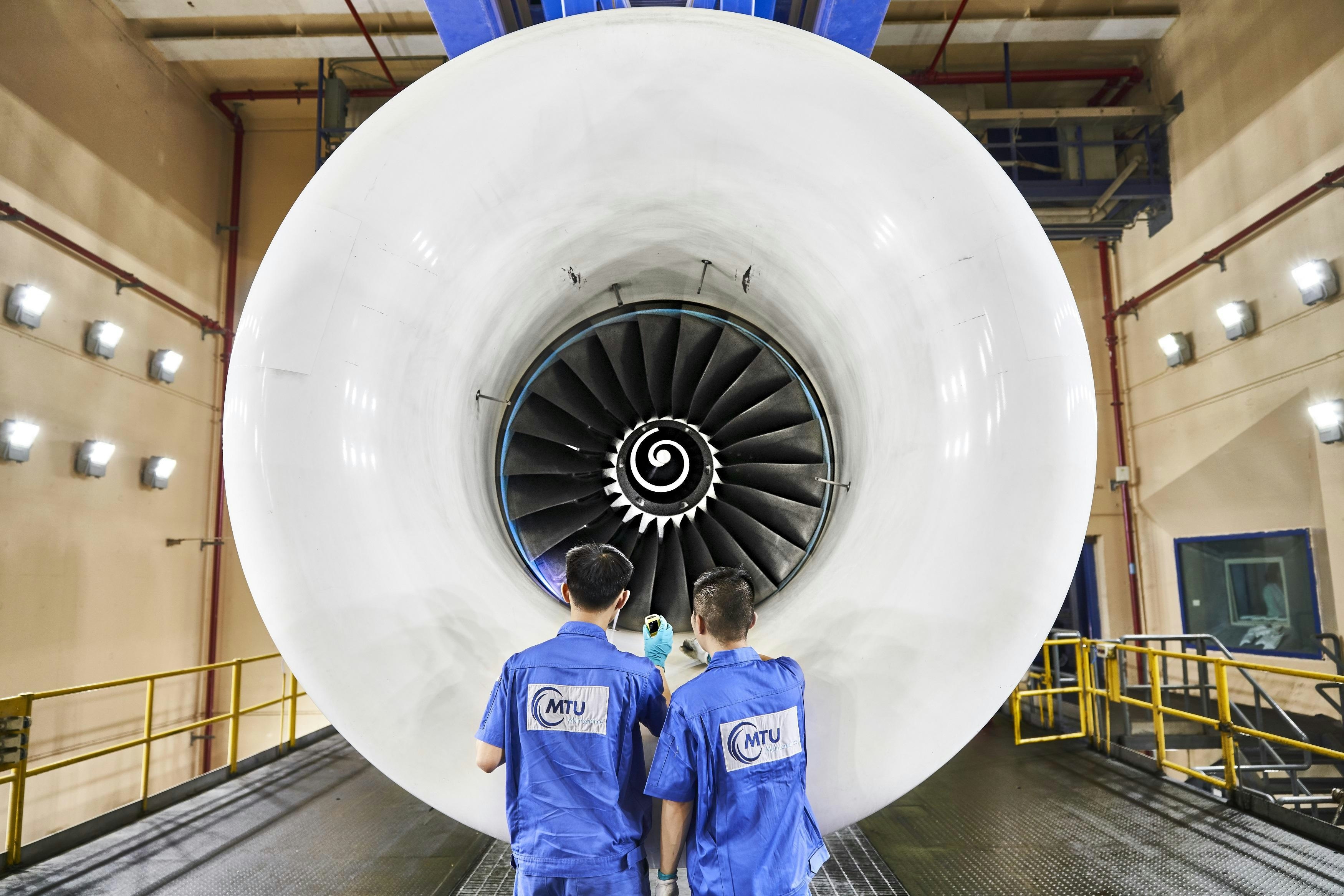
MAB Engineering Services Partners with MTU Maintenance Zhuhai to Enhance Aviation Maintenance

Supply Chain Leaders Note Modest Improvements Amid Labor and Sourcing Risks
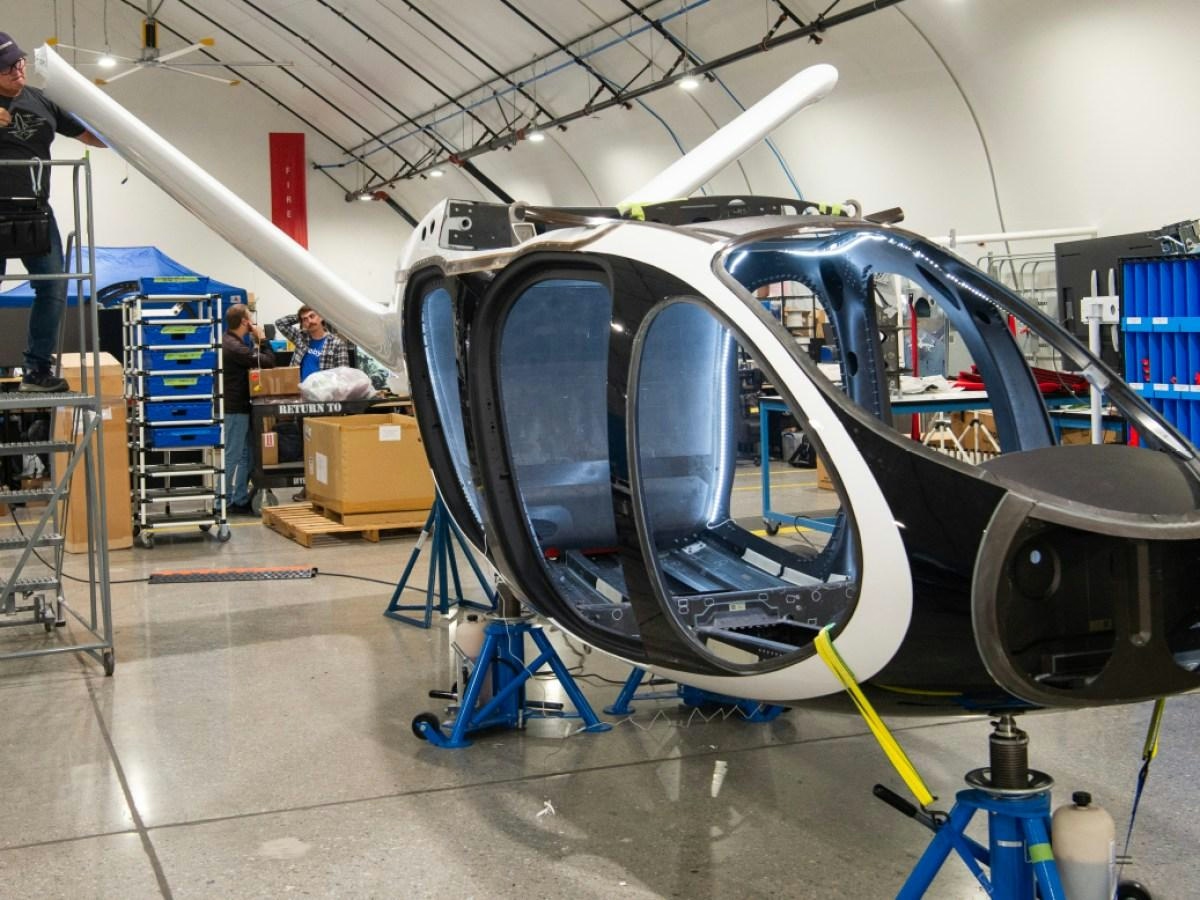
Is Austin Ready for Air Taxis?
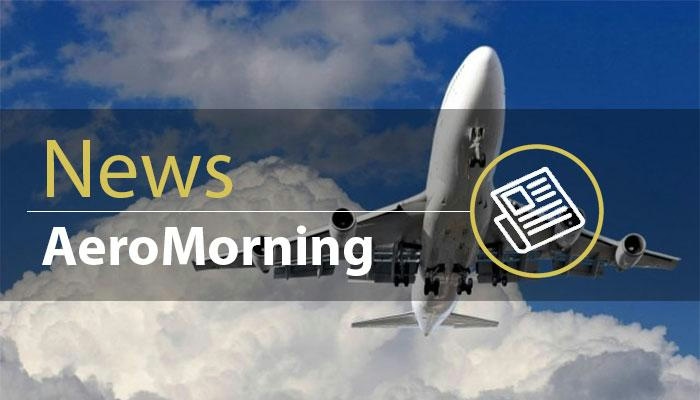
Volatus Aerospace to Open Innovation Center and Drone Manufacturing Hub in Mirabel
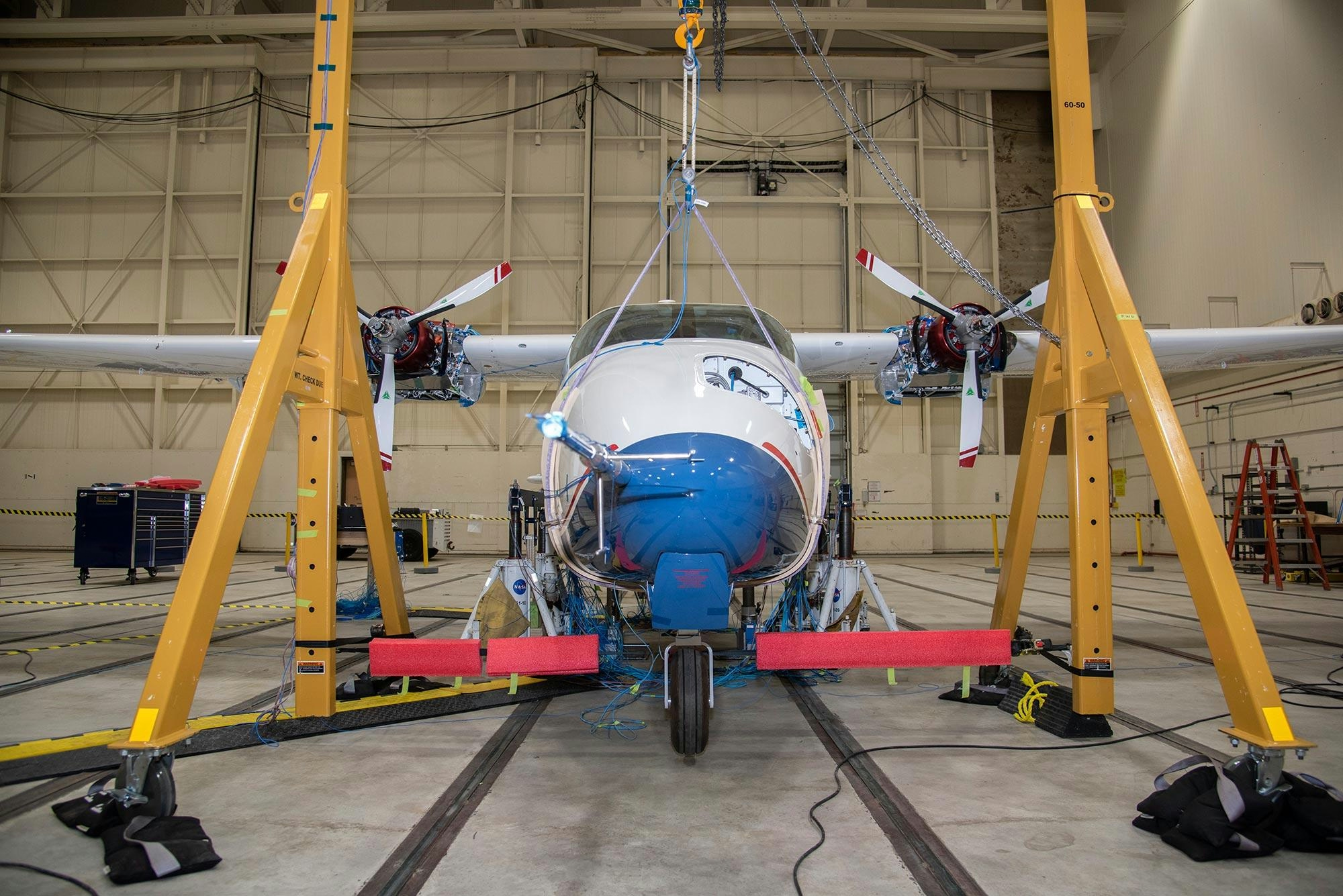
Engineers Develop High-Performance Aircraft in Rare Breakthrough
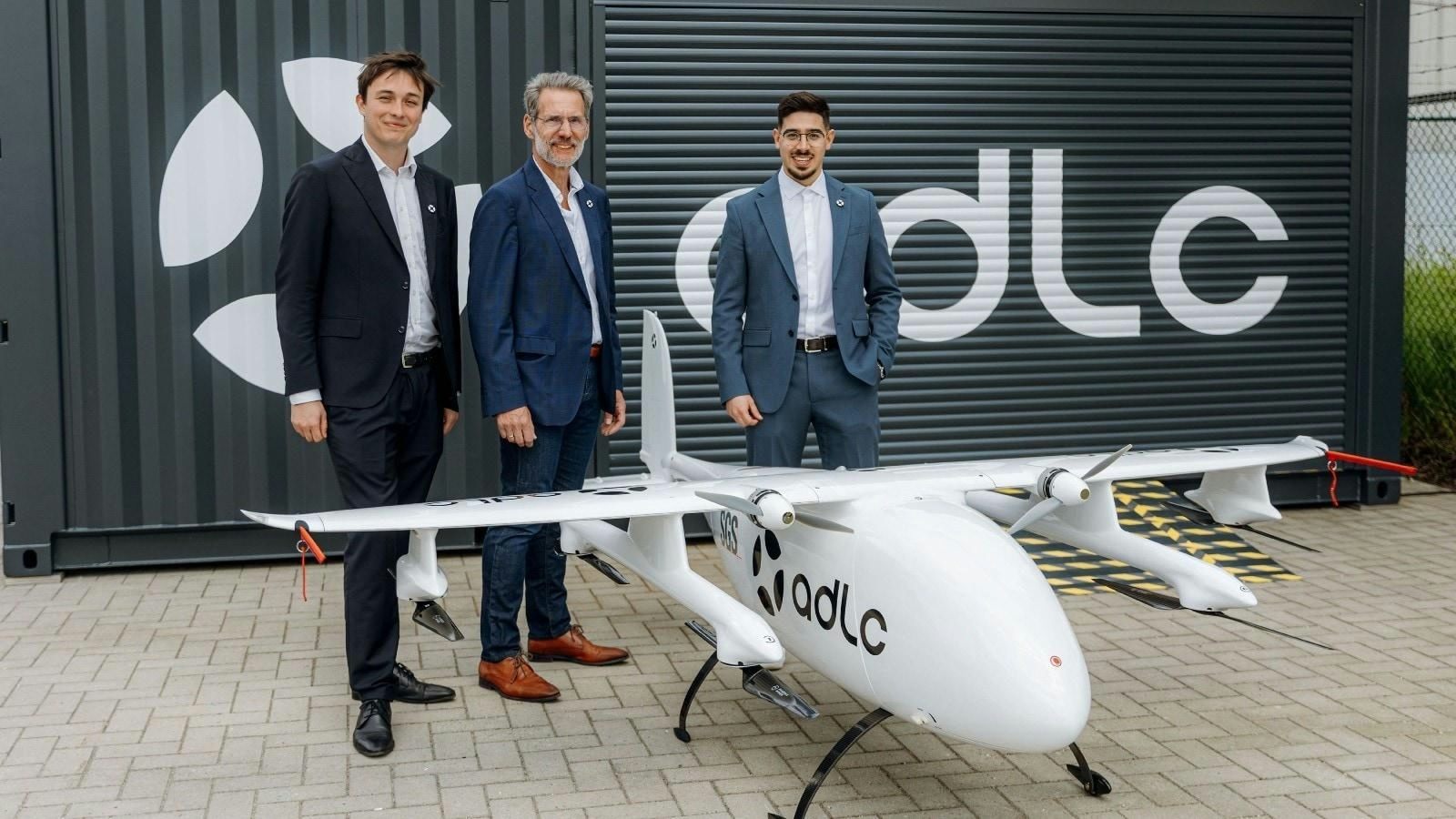
Türkiye's R&D Investment to Reach $15.5 Billion in 2024 Driven by Defense and Aviation
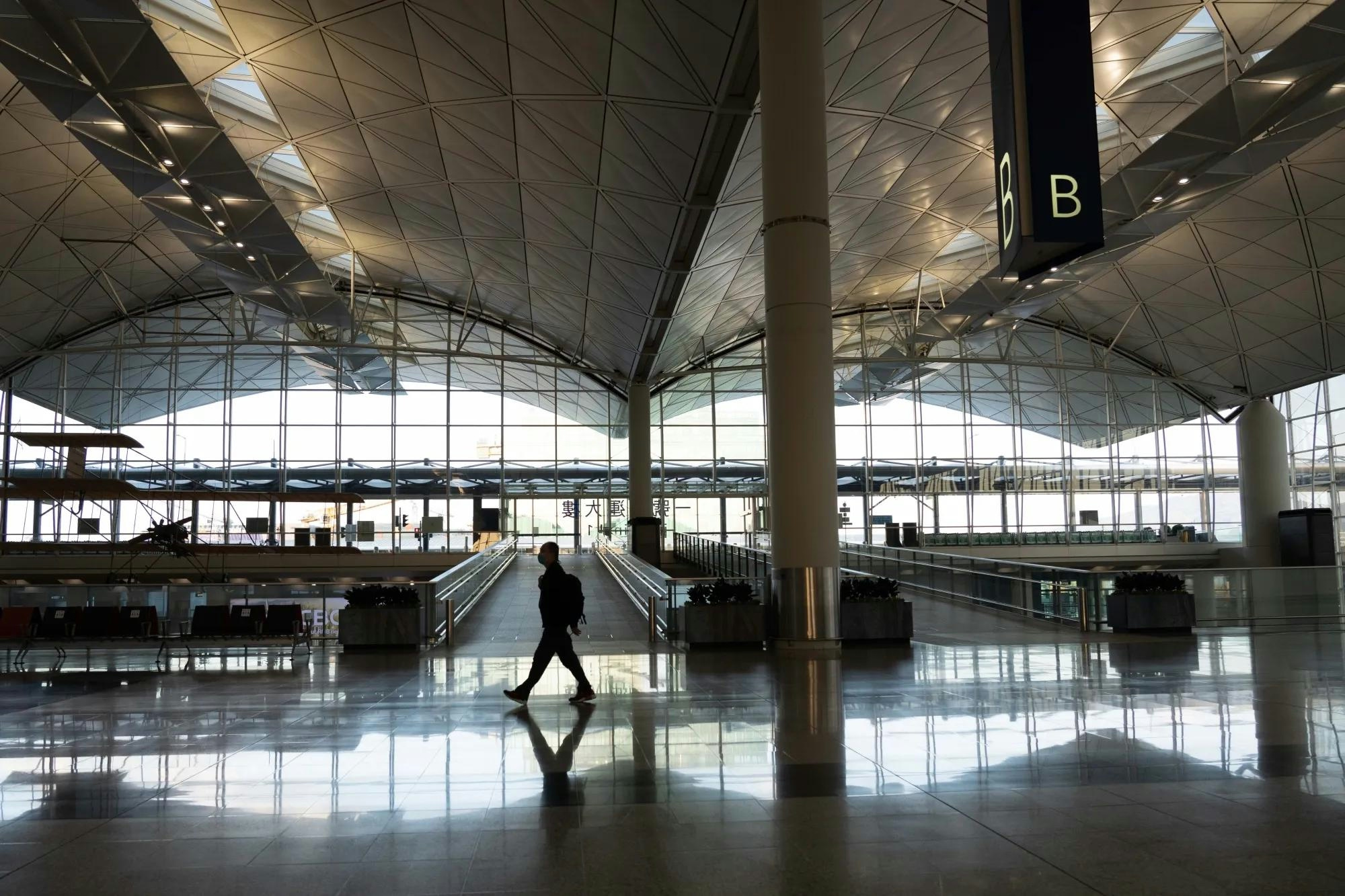
Hong Kong International Airport Presents Growth and Sustainability Plans at Routes World 2025
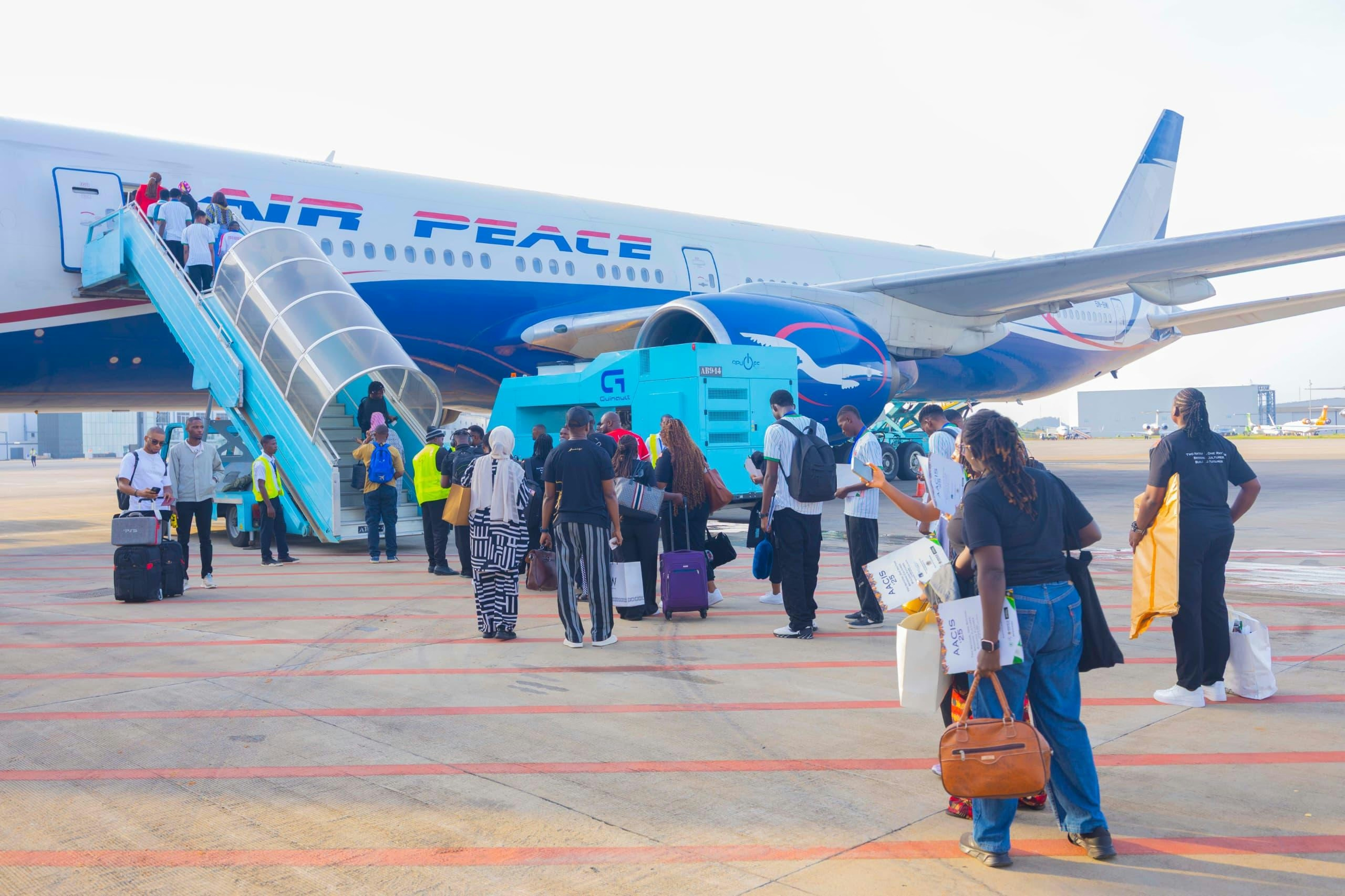
Nigeria’s Air Peace Expands Fleet to Enhance Domestic and International Travel
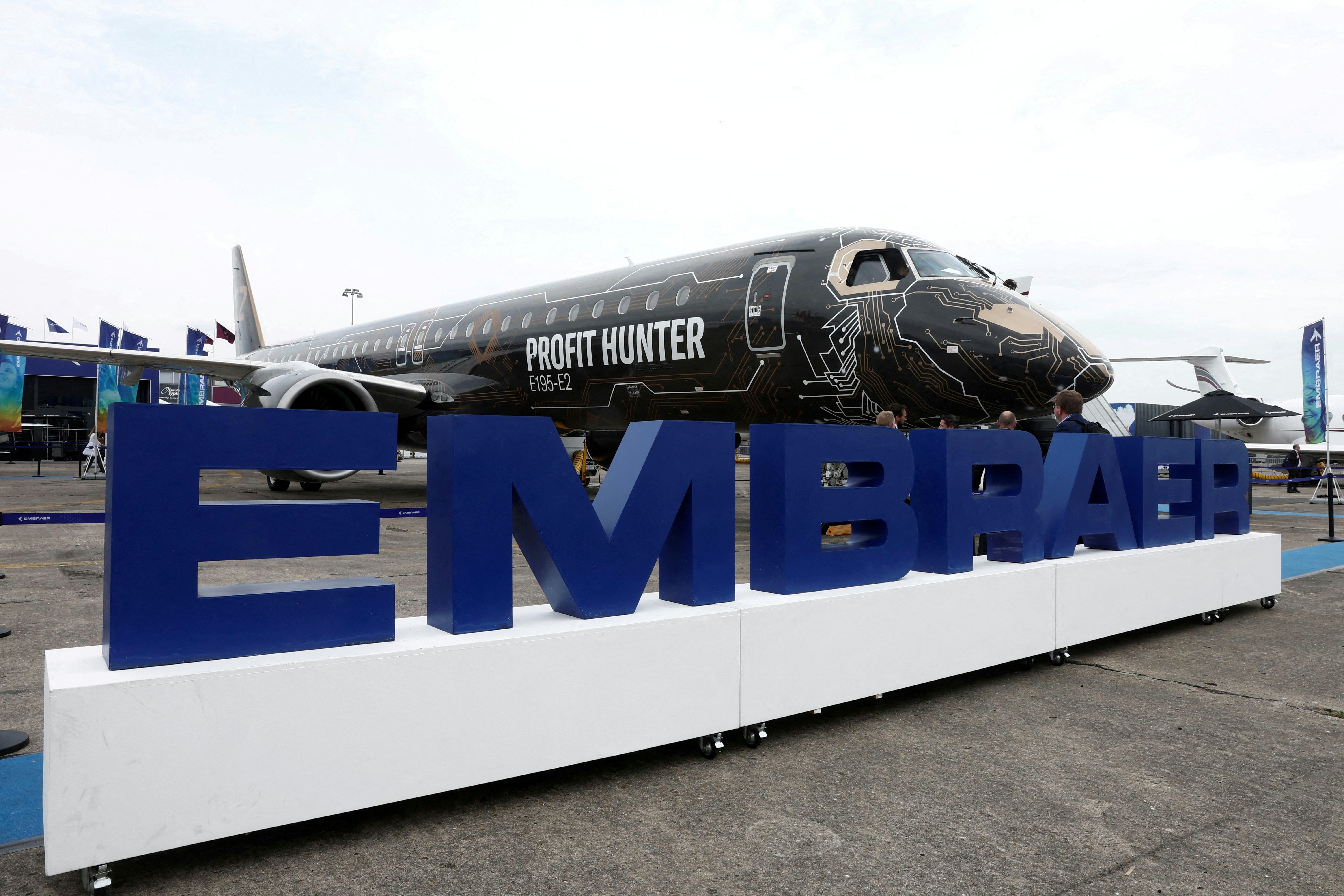
Embraer’s Order Backlog Reaches $31.3 Billion in Third Quarter
